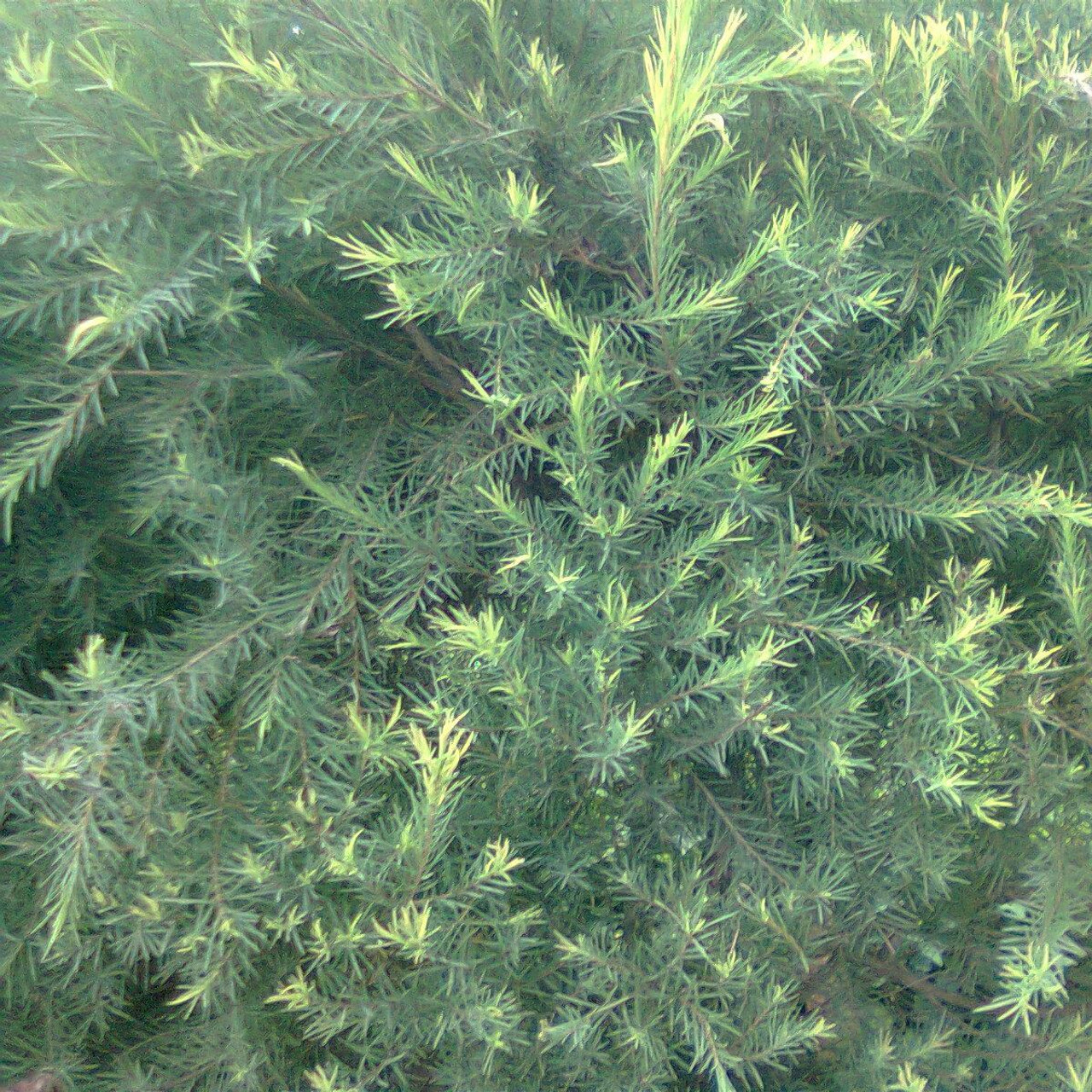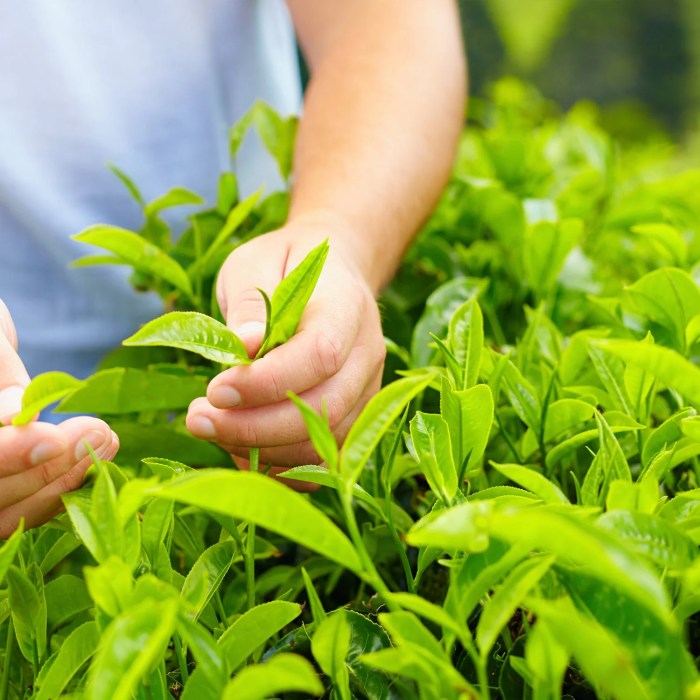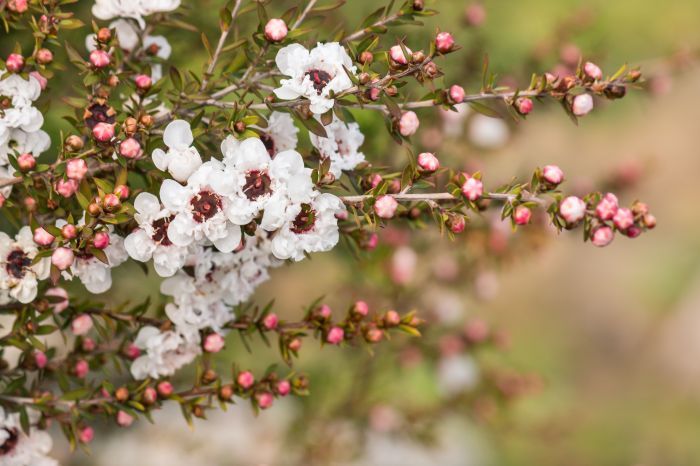Where to Buy a Tea Tree Plant
Finding Local Nurseries and Garden Centers

Where to buy a tea tree plant – Embarking on the journey to acquire a tea tree sapling is a deeply rewarding endeavor. The scent of its leaves, the promise of its healing properties, these are gifts patiently waiting to be nurtured. Finding the right source, however, is the first crucial step. Let us explore the avenues available to you, ensuring your tea tree finds a home as nurturing as your heart.
Locating a local nursery or garden center is akin to seeking a trusted friend—one who understands the delicate needs of your chosen plant. These establishments offer not only the plants themselves but also invaluable expertise and guidance to ensure their flourishing.
Nursery Inquiries Regarding Tea Tree Availability
Before venturing forth, it is wise to prepare a set of inquiries to maximize your time and ensure you find the perfect tea tree for your needs. These questions, phrased as statements, reflect the information you should seek.
The following points represent key information to obtain from local nurseries when inquiring about tea tree plants. This preparation will streamline your search and help ensure you receive the best possible advice.
- Tea tree plant varieties currently available are noted and compared across nurseries.
- The current price of each variety, including any potential discounts or promotions, is obtained and recorded for comparison.
- The size of the tea tree plants available (e.g., seedlings, small, medium, large) is ascertained to suit individual needs and space limitations.
- Information regarding the origin of the plants (e.g., locally grown, imported) is collected to understand their adaptability to the local climate.
- Details about the nursery’s post-purchase care advice and any guarantees or warranties offered are obtained.
Comparison of Nursery Offerings
A direct comparison of offerings helps in making an informed decision. Below is a sample table, remember to replace the example data with your local findings.
The table below illustrates a comparison of tea tree plant availability and pricing across three hypothetical local nurseries. Remember to conduct your own research to obtain accurate and up-to-date information.
| Nursery Name | Variety | Price | Plant Size |
|---|---|---|---|
| GreenThumb Gardens | Melaleuca alternifolia | $15 | 6 inches |
| Blooming Meadows | Melaleuca alternifolia ‘Arboreal’ | $20 | 12 inches |
| Nature’s Nook | Melaleuca quinquenervia | $12 | 8 inches |
| GreenThumb Gardens | Melaleuca alternifolia ‘Narrow Leaf’ | $18 | 10 inches |
| Blooming Meadows | Melaleuca alternifolia | $17 | 8 inches |
| Nature’s Nook | Melaleuca ericifolia | $10 | 4 inches |
Ideal Growing Conditions for Tea Trees
Understanding the ideal environment for your tea tree is paramount to its healthy growth. Providing the right conditions is a testament to your dedication and care.
Acquiring a tea tree plant may involve visiting local nurseries or online retailers specializing in Australian native plants. For optimal planting success, consider the timing; autumn is an ideal season, as detailed in this guide on the best trees to plant in fall , which offers valuable insights into successful tree establishment. Therefore, before purchasing your tea tree, consult this resource to ensure proper planting techniques for optimal growth.
The following description Artikels the optimal environmental conditions for cultivating a thriving tea tree plant. Careful attention to these factors will significantly impact the plant’s health and longevity.
Tea trees thrive in well-drained, slightly acidic soil (pH 4.5-6.0). They prefer a location with full sun to partial shade, adapting well to various light conditions. A warm climate, similar to their native Australian environment, is ideal; however, they can tolerate some frost, especially if sheltered. Consistent moisture is crucial, but avoid waterlogging. Regular pruning helps maintain shape and encourages healthy growth.
Online Retailers and Mail-Order Suppliers

Acquiring a tea tree plant, my dear friend, can be a journey of discovery, and the digital marketplace offers a unique avenue for this exploration. While the charm of a local nursery is undeniable, the vast selection and convenience of online retailers present compelling alternatives. Let us delve into the nuances of this digital garden.Online retailers provide access to a wider selection of tea tree varieties, often including rare or unusual cultivars unavailable locally.
This expanded choice, however, comes with its own set of considerations.
Comparison of Online and In-Person Tea Tree Plant Purchases
Purchasing a tea tree plant online versus in person presents distinct advantages and disadvantages. The convenience of online shopping, with its 24/7 accessibility and home delivery, is a significant draw. However, the inability to physically inspect the plant before purchase introduces a degree of risk. In-person purchases allow for a thorough examination of the plant’s health, size, and overall condition, minimizing the chances of receiving a damaged or diseased specimen.
Online purchases, while offering convenience, require careful consideration of the seller’s reputation and shipping practices to mitigate potential problems.
Reputable Online Retailers Specializing in Unusual Plants, Where to buy a tea tree plant
Several reputable online retailers specialize in unusual and hard-to-find plants, including tea tree varieties. These businesses often cultivate their plants with meticulous care and prioritize safe shipping practices. Researching reviews and testimonials from previous customers is crucial before committing to a purchase. Look for retailers that showcase detailed plant descriptions, high-quality photographs, and transparent shipping policies. A commitment to sustainable practices is also a valuable indicator of a responsible seller.
These details help ensure the plant arrives healthy and thriving, mirroring the care given in a trusted local nursery.
Shipping and Handling Issues Associated with Live Plants
Shipping live plants presents unique challenges. Improper packaging can lead to damage during transit, resulting in wilting, broken branches, or even plant death. Reputable online retailers employ specialized packaging techniques to protect their plants. This often involves sturdy containers, moisture-retaining materials, and adequate support to prevent movement. Despite these precautions, some degree of risk remains.
Understanding this risk and choosing a retailer with a strong track record of successful shipments is crucial. Monitoring weather conditions and choosing appropriate shipping times can also minimize potential damage. For example, avoiding shipments during extreme heat or cold can significantly improve the plant’s chances of survival.
Online Retailers, Shipping Costs, and Delivery Times
The following table provides examples of online retailers, their shipping costs, and estimated delivery times. These are estimates and may vary depending on location and the size of the order. Always confirm these details with the individual retailer before purchasing.
| Retailer | Shipping Cost (Estimate) | Estimated Delivery Time | Notes |
|---|---|---|---|
| Example Retailer A | $15 – $30 | 3-7 business days | May vary by location and plant size |
| Example Retailer B | $20 – $40 | 5-10 business days | Offers expedited shipping options |
| Example Retailer C | $10 – $25 | 2-5 business days | Limited shipping areas |
| Example Retailer D | $25 – $50 | 7-14 business days | Specializes in rare plants |
| Example Retailer E | $18 – $35 | 4-9 business days | Offers live plant arrival guarantee |
Considerations for Planting and Ongoing Care

Embarking on the journey of cultivating a tea tree is a rewarding experience, my friend. Understanding the nuances of planting and ongoing care will significantly impact the health and vitality of your plant, ensuring a bountiful harvest of its precious leaves. Let us delve into the essential aspects, guiding you towards success.
Planting a Tea Tree Sapling
Proper planting is the cornerstone of a thriving tea tree. Begin by selecting a location that receives ample sunlight – at least six hours a day is ideal. Prepare the soil by loosening it to a depth of at least 12 inches, ensuring good drainage. Tea trees prefer slightly acidic soil with a pH between 4.5 and 6.5.
Amend heavy clay soils with organic matter like compost to improve drainage and aeration. Dig a hole twice as wide as the root ball of your sapling. Gently remove the sapling from its container, taking care not to damage the roots. Place the sapling in the hole, ensuring the top of the root ball is level with the ground.
Backfill the hole with soil, gently firming it around the roots. Water thoroughly after planting. Maintain a spacing of at least 6 feet between saplings to allow for adequate growth and air circulation.
Ongoing Care of Tea Tree Plants
Consistent care nurtures the growth and health of your tea tree. Regular watering is crucial, especially during dry periods. Aim to keep the soil consistently moist but not waterlogged. Overwatering can lead to root rot. Fertilize your tea tree annually in spring using a balanced, slow-release fertilizer.
Avoid over-fertilizing, as this can harm the plant. Regular pruning is essential to maintain the shape and size of your tea tree and to encourage healthy growth. Remove any dead or diseased branches. Mulching around the base of the plant helps retain moisture, suppress weeds, and regulate soil temperature.
Common Problems and Their Solutions
While generally hardy, tea trees can encounter certain challenges. One common issue is chlorosis, a condition characterized by yellowing leaves due to nutrient deficiencies, often iron. Addressing this involves amending the soil with iron chelates or using an acidifying fertilizer. Another problem is root rot, caused by overwatering or poorly draining soil. Improving drainage and reducing watering frequency can help mitigate this.
Pest infestations and diseases can also affect tea trees. Regular inspection and prompt treatment are vital.
Pests and Diseases of Tea Tree Plants
Understanding potential threats is key to proactive care. Here are some common pests and diseases:
- Pests: Tea scale, aphids, spider mites. Treatment involves using insecticidal soap or neem oil.
- Diseases: Root rot (caused by overwatering), leaf spot (fungal infection), dieback (can be caused by various factors, including fungal infections and environmental stress). Treatment depends on the specific disease and may involve fungicides, improved drainage, and pruning of affected areas.
Remember, my friend, consistent observation and timely intervention are the hallmarks of successful tea tree cultivation. With diligent care, your tea tree will flourish, rewarding you with its aromatic leaves and the satisfaction of nurturing life.
Helpful Answers: Where To Buy A Tea Tree Plant
What are the common pests affecting tea tree plants?
Common pests include spider mites, scale insects, and aphids. Regular inspection and appropriate treatment with insecticidal soap or neem oil can help control infestations.
How often should I water my tea tree plant?
Water regularly, keeping the soil consistently moist but not waterlogged. Adjust watering frequency based on weather conditions and soil dryness.
Can I use tea tree essential oil from my homegrown plant?
Yes, but only after the plant matures significantly and produces sufficient leaves. Proper distillation techniques are crucial for safe essential oil extraction.
How long does it take for a tea tree plant to mature?
Maturity varies by variety, but generally takes several years before significant essential oil production begins.
